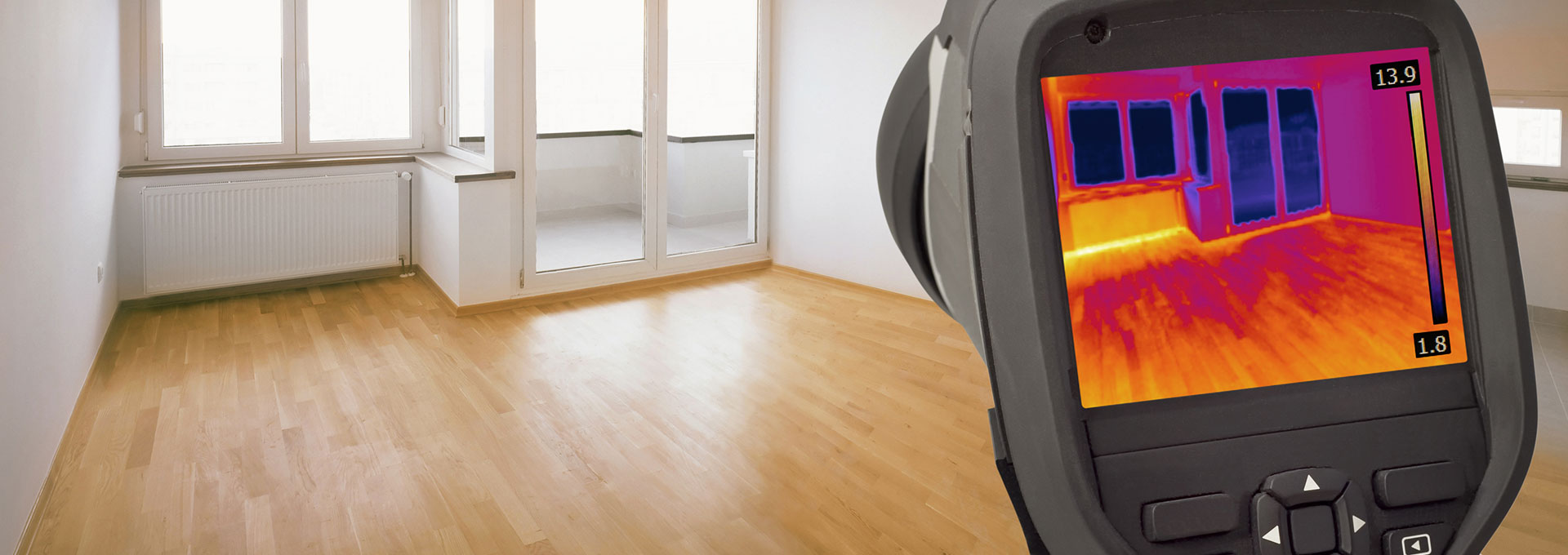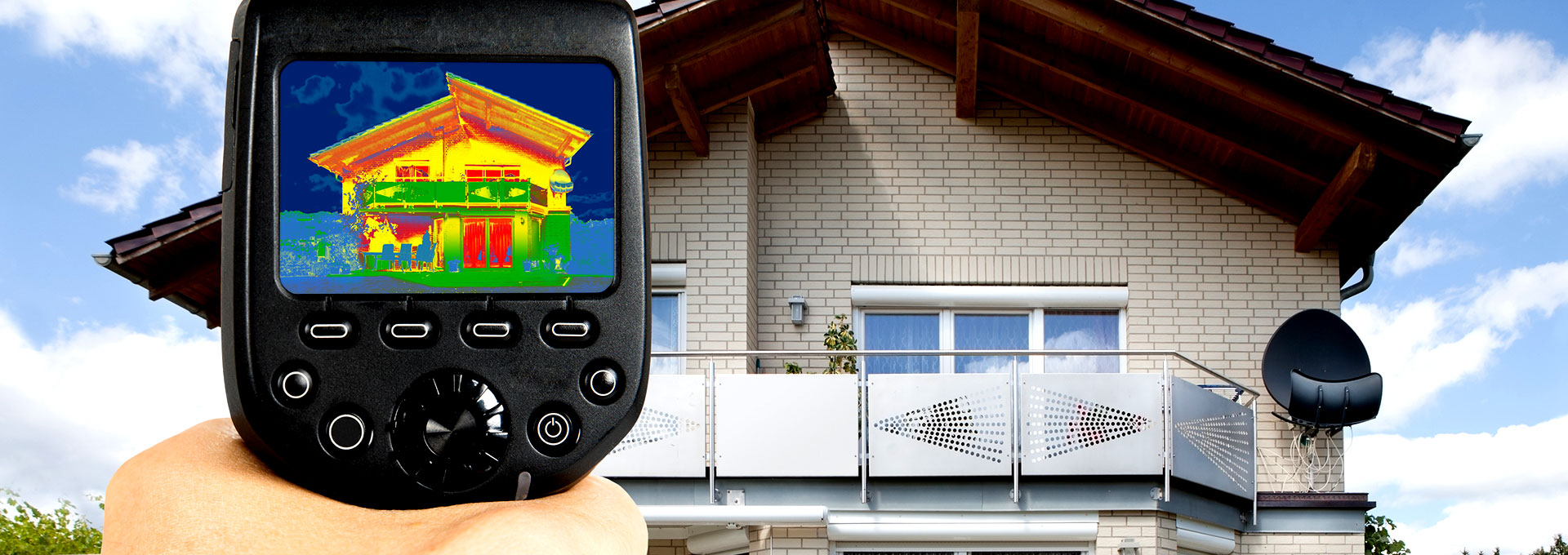
pcashion@elitepropertyinspections.net
(404) 372-8110

pcashion@elitepropertyinspections.net
(404) 372-8110
Moisture is a big problem that gets revealed during infrared thermographic inspections which includes hidden sources of mold, roof leaks, and termite nests. Electrical problems can also be revealed as well as heat and energy loss, cracks in the foundation, other structural concerns, missing insulation, ventilation issues and rodent infestations.
Water typically gives up its heat slower than its surrounding roofing materials because of its high thermal capacity. Due to this, we can see with just one picture if any areas have accumulated moisture. This is best done in the evening when the temperature outside begins to fall. The roofing materials will have released their heat showing up blue or purple in the picture, while the moisturized materials will still be warm and will show up red/orange.
When we scan walls, floors and ceilings with the infrared camera we notice differences in temperature and conductivity which tell us about hidden missing structural components and damaged portions of these components. Missing insulation can be found in many homes and the infrared camera will show wet basement walls which could be a potential source of mold.
Identifying the source of electrical problems accurately/quickly will add huge value to a home, while preventing property damage and injuries. The image will have yellow marks wherever there is damage to electrical systems, making it easy to spot and put on the list of repairs to be done.
An infrared thermographic inspection can result in significant financial savings by:
